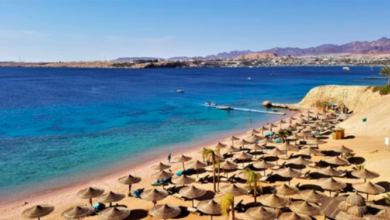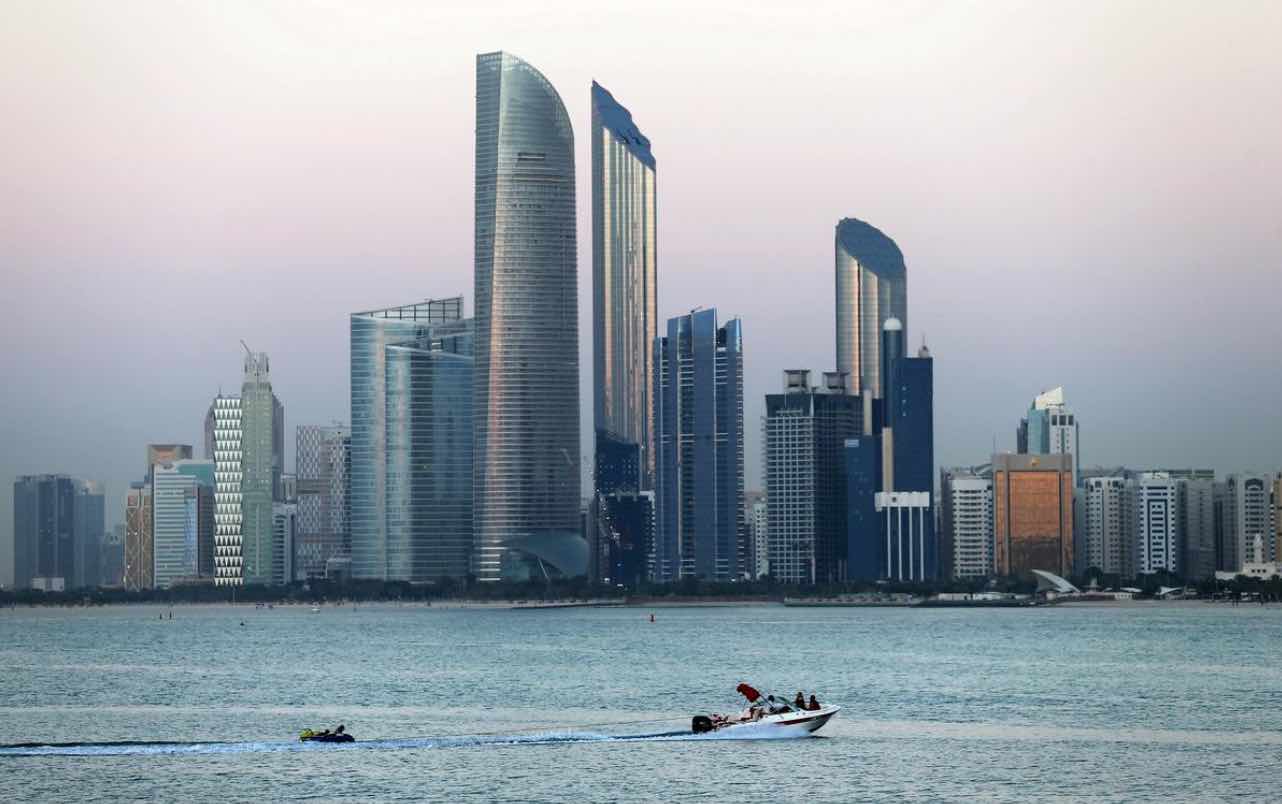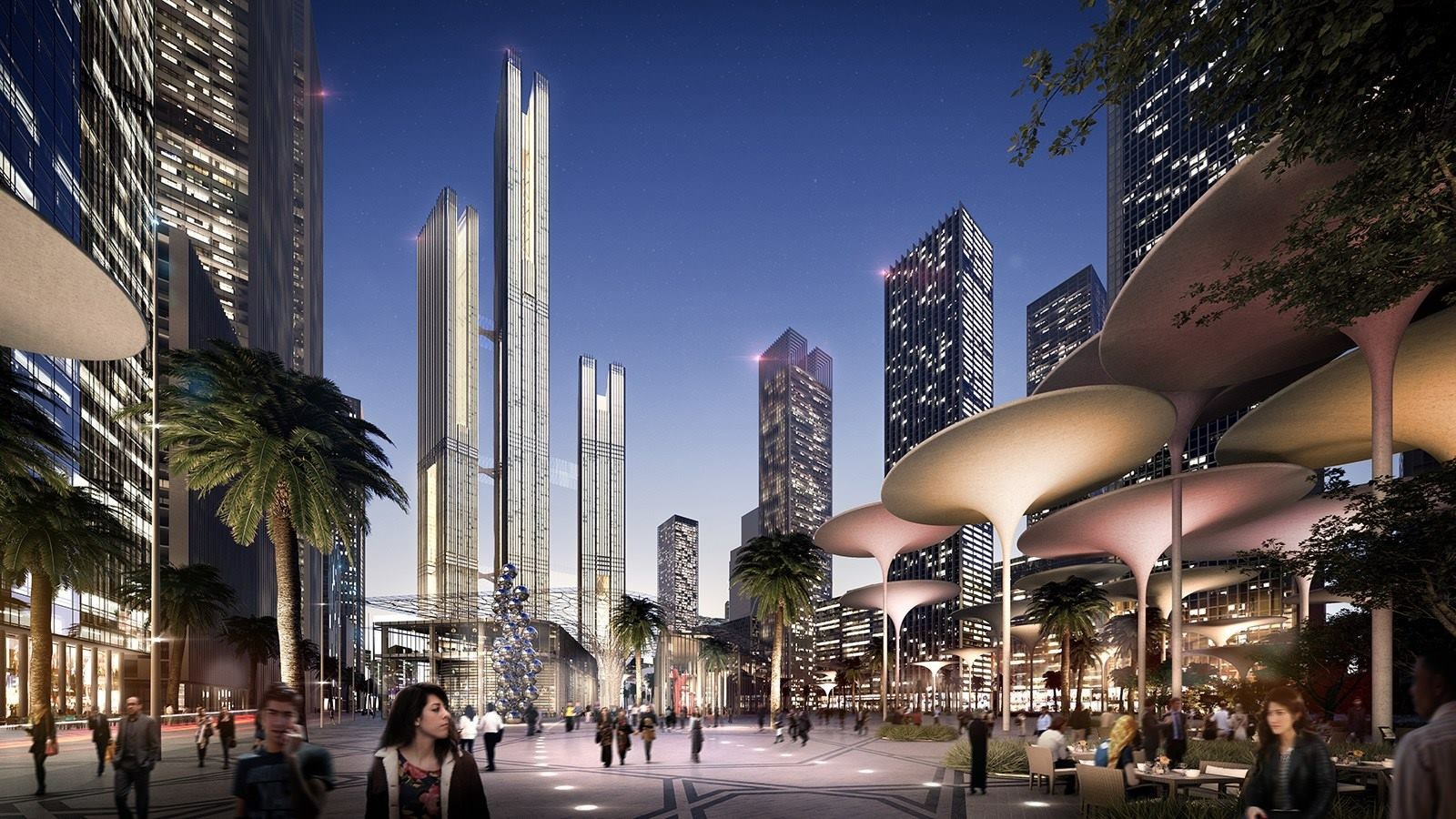For nearly 12 years, the Agha Khan Trust for Culture (AKTC) has been leading an exemplary development initiative in the historic neighborhood of Al-Darb Al-Ahmar (ADAA) in Cairo.
An overview of this unprecedented experience in Egypt highlights issues of sustainable development practices in general, with a special focus on historical districts.
Al-Darb Al-Ahmar is a popular neighborhood part of historic Cairo. It surrounds Al-Azhar Park on its western edge, an area where a 1.5 kilometer long portion of an Ayyubid wall was revealed by the removal of accumulated rubble.
Home to roughly 100,000 residents, the area is considered one of the poorest parts of Islamic Cairo. A 2003 baseline survey of ADAA revealed that the average monthly income per household was LE500 and that 70 per cent of the population was living under the poverty threshold.
The residents of ADAA constitute a tightly knit community: 86 per cent of the inhabitants were born there and 65 per cent of them work there or in its neighboring districts.
The AKTC’s involvement in Egypt started in 1984 when the current Imam of the Shia Ismaili Muslims, His Highness the Agha Khan, took the initiative to transform an 80 acre dump site into a green public space for Cairo residents. The construction phase of what was about to become the famous Al-Azhar Park started in the mid 1990s and was officially completed in 2005.
However, from the onset, it was recognized that the project could not be isolated from further development initiatives in the neighboring community of ADAA. Revitalization efforts would not only encompass the restoration of numerous historical monuments but also the implementation of social and economic projects to ensure the sustainability of the area.
Agha Khan’s initiative took as starting points the area’s two main assets: rich historic urban fabric and deep-rooted community with its strong sense of belonging.
Dr. Dina Shehayeb, professor of housing and urban design at Egypt’s Housing and Building Research Centre and housing consultant for the project since 1998, remembers that “the Agha Khan had not planned an immutable design for the Housing and Rehabilitation Program in advance. This was a good thing.”
A bottom-up methodology prevailed in the first years of the project that spanned from 1998 to 2004. Inquiries included a qualitative in-depth survey aiming to assert everyday life-style patterns in the neighborhood as well as what the residents valued most in the area.
Dr. Shehayeb, who conducted the surveys with the help of sociologists, insists on the necessity of rethinking professionals’ practices in heritage preservation projects. Participatory designing is, she believes, a way to match diverging meanings given to historic places by different actors, namely inhabitants and policy-makers.
The action of the AKTC in ADAA prevented the area from the then potentially devastating effects of the original redrawing plan designed by the governorate. This plan included demolishing its eastern side which runs alongside the Ayyubid Wall as well as relocating part of the population.
According to Shehayeb, the 1993 plan was representative of policy-makers’ overvaluation of physical beautification over the preservation of human activities, which includes community ties and craftwork traditions and which can be equally valuable historic heritage as the building themselves.
“This is what they did in al-Gamaliya. LE15 million was paid in compensation to the residents of the 86 destroyed buildings. Such an amount of money could have been used to rehabilitate a much bigger area, while preserving human assets.” she says.
Fortunately, making the local community engage in the rehabilitation process fitted the inhabitants’ expectations. The preliminary inquiries indeed highlighted their attachment to their environment as well as their strong willingness to bring their own resources and efforts to bear on improving it.
“People wanted to be involved in the process, in order to feel that it is theirs,” recalls Dr. Shehayeb’s assistant Suzan Shabry. Significantly, the part of the residents’ contribution to households’ improvements increased from 8 percent for the first building to 50 percent in buildings rehabilitated in 2009.
The Agha Khan’s integrated project for ADAA encompasses several complementary programs, each focusing on a specific aspect – namely housing rehabilitation, infrastructure, employment, social services, and micro-credit – under the coordination of Al-Darb Al-Ahmar Community Development Company (CDC).
The renewal of historical landmarks such as Umm al-Sultan Shaaban’s mosque, the Khayrbek complex, the old Darb Shoghlan School, and the Azlan mosque are probably among the project’s most striking achievements. The Open-Space and Infrastructure Upgrading and Housing Rehabilitation programs added pavements to the streets, and rehabilitated more than 100 private houses.
The social and economic parts of the initiative focused on empowering the community through different channels of information, via prevention and training sessions in employment, education, culture, environment, health and family. The main outcomes of these programs were increased awareness as well as improved literacy, employment rates, health and living conditions.
Capitalizing on people’s empowerment is the overriding strategy of CDC, as the project has entered his “exit planning” phase. Different tracks have been explored, but at this point it is likely that the coordinating company will be turned into a local NGO.
“It would oversee the sustainability of the projects, but with a reduced staff and costs, unlike what was done under the Agha Khan’s umbrella,” says CDC’s building and environment coordinator Ahmed al-Biblawi.
The exit plan also includes the contribution of Al-Azhar Park’s incomes to the sustainability of the area, and the increasing involvement of the Egyptian authorities that have been associated with the project since its early years.
However, development professionals and inhabitants point to problems that are likely to remain for years to come.
Inhabitants reportedly expressed dissatisfaction with some of the project’s outcomes, their main concern being the over concentration of investments on the east side of the neighborhood, along Al-Azhar Park.
“The project focused too much on the little side streets of Darb Shoghlan and Azlan”, says Shabry, who has been working on the latest surveys in preparation for the exit phase. “People expressed that they would have liked the rehabilitation programs to concentrate on main streets of the neighborhood, like Dar el-Wazeer, which is the area’s façade.”
Furthermore, the Housing Rehabilitation program stopped years ago because of funding scarcity. Shehayeb points at trends in donor interest, which increasingly focus on children, gender-related programs, and the environment. “This is a change in priorities, and it is also related to the global agenda as far as the environment is concerned,” she says.
Biblawi expresses strong concerns about laisser-faire building regulations after the revolution. Since February, residents of the community have built above the number of authorized floors with no respect of the area sustainability or heritage protection. “This is heart breaking to see houses previously rehabilitated by the program being extended that way. We are losing our urban fabric” says Biblawi.
For Biblawi, this lack of policy enforcement is linked with the absence of dedicated institutions. “We need more governmental and political support,” he says.
Professionals consider the Aghan Khan Trust for Culture and its partners in Al-Darb Al-Ahmar as a model. Through 12 years of comprehensive and participating development practices, the project proved to Egyptian authorities the viability of alternative, community based, renewal plans for historic districts. On the other end of the spectrum, it enhanced the locals’ sense of pride in their empowerment capacities.
“People are not afraid of change and development anymore. They are now familiar with the idea of development. They broadened their scope,” says Shabry.
While training programs and focus groups opened the way for better self-management by the community itself, Biblawi remarks that ADAA professionals will spread the knowledge and experience they acquired in further projects.
“I don’t know where I will be working when we reach the end of the exit plan. But I am sure, and so are most of my colleagues, that I will be working for a similar project,” he concludes.




